Here’s why you're going to love camping in the fall
Trust us – from quieter campsites to bug-free dinners, you’re going to love camping in the fall
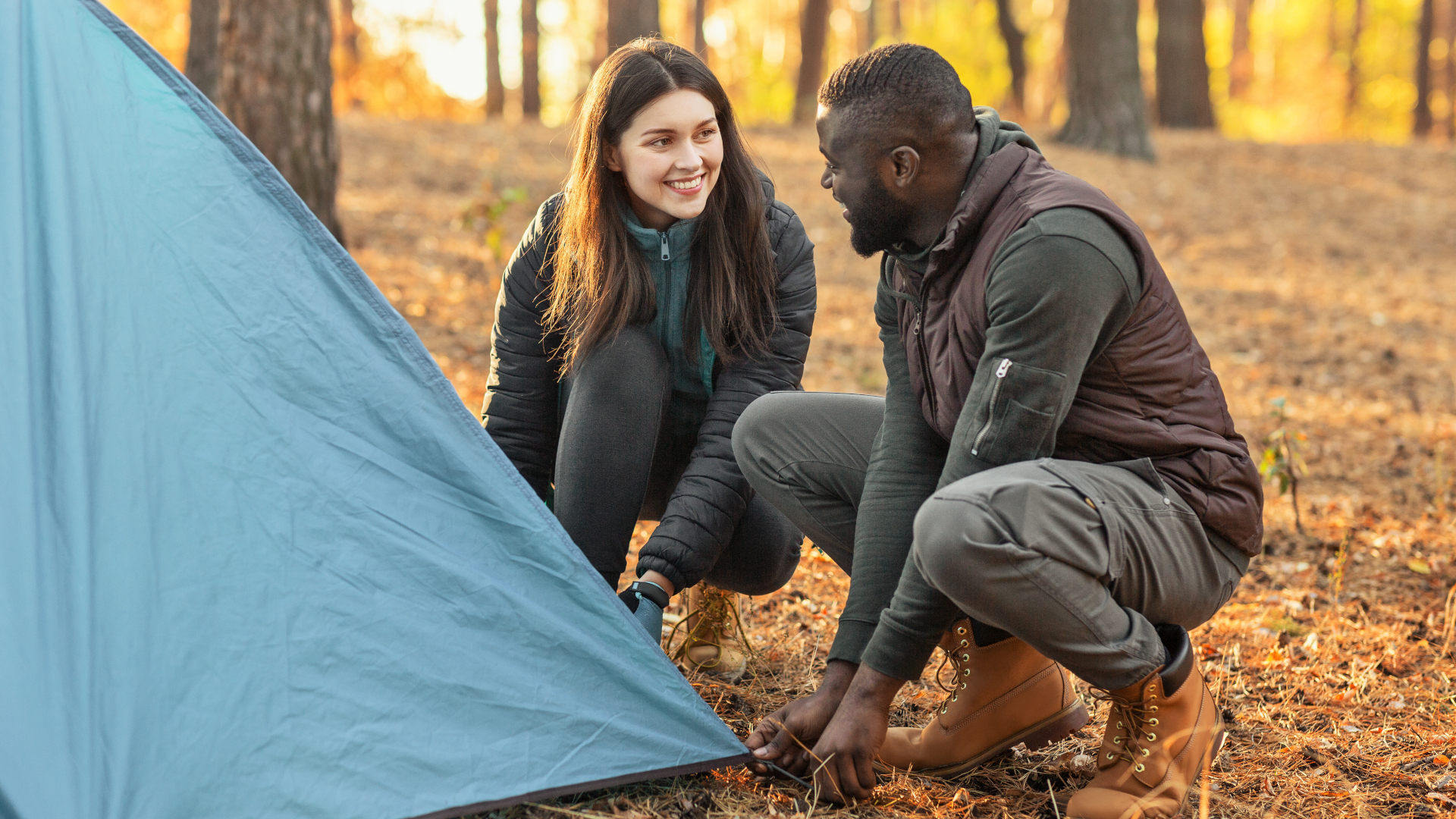
For many of us, camping is a summer activity. The warm, sunny weather and long days definitely lend themselves to sleeping and eating outdoors, but with that convenience can come sweltering tents and crowded campgrounds. You might be used to packing your tent and sleeping bag away when the school holidays are over and the temperatures start to drop, but just hold on a second! Camping in the fall can be a spectacular experience and while you might not be jumping into lakes and rivers to cool off, there are many aspects of autumn camping that make it even better than during the hot summer months. So before you start cleaning your camping chair and storing your camping gear for the season, read on to find out while you’re going to love camping in the fall.

1. Quieter campsites
Honestly, the best reason to go camping in the fall is the lack of crowds. School holidays plus warm weather means that summer is easily peak camping season, but most people pack away their gear after Labor Day and take city breaks instead. That means that all the best campgrounds – and that includes those at National Parks – empty out and not only is it easier to get a reservation, but once you arrive you can enjoy the peace and quiet you went to the woods to find. Of course, there may be some campgrounds that close in the off-season, but many remain open for business and of course, the backcountry is always open for dispersed camping (or wild camping in the UK).
2. Off-season prices
Off-season means that campgrounds and local businesses like restaurants and tour guides are all trying to drum up business. Since the conditions might not be as perfect as they are come summer, many businesses will be offering their services at discounted prices, so you can enjoy more and spend less.
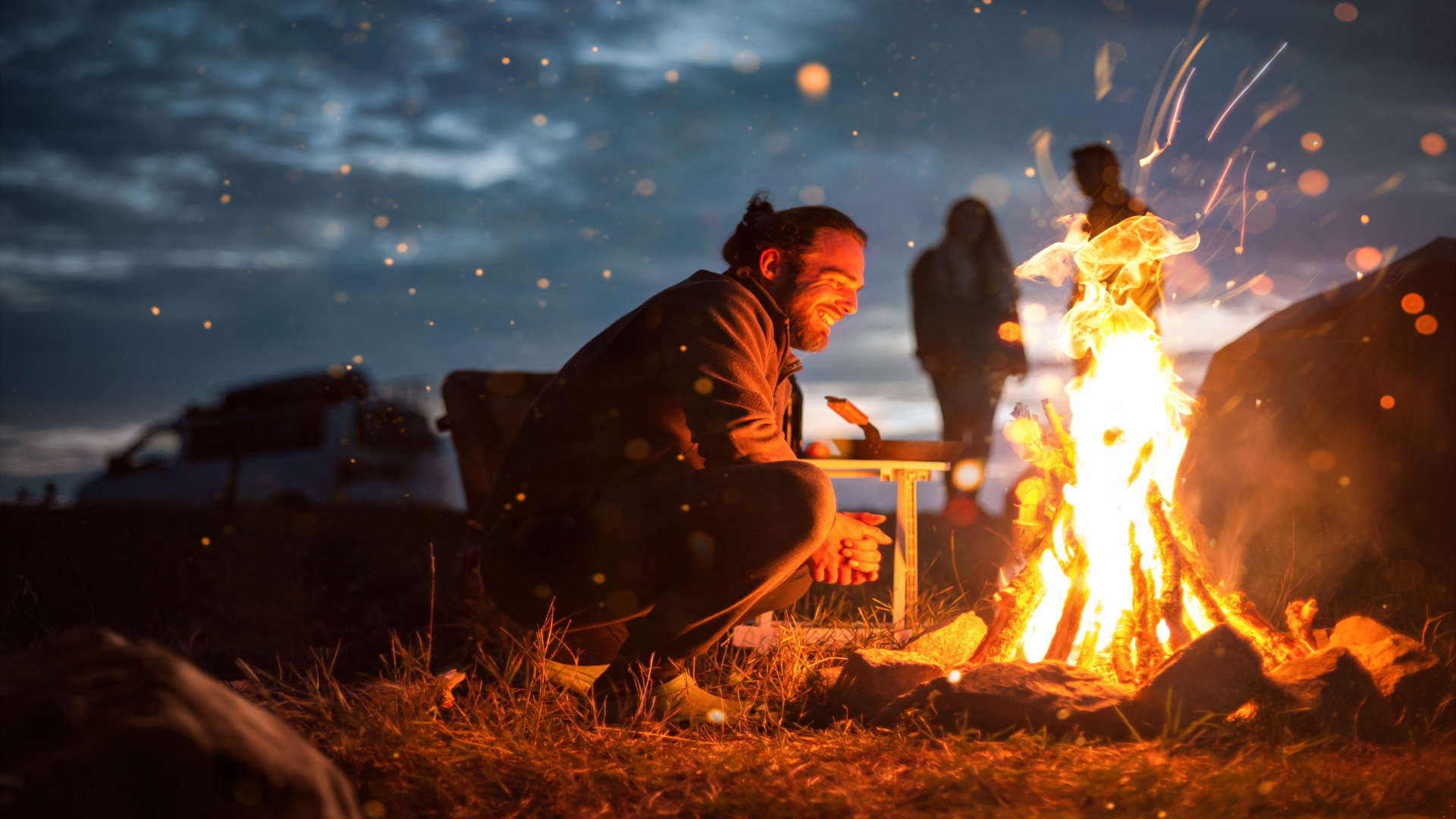
3. No bugs
Ok, maybe no bugs is a bit of a stretch, but those cooler temperatures do mean that pesky mosquitoes, midges, ants and wasps mostly clear out and you’re not dousing yourself in DEET non-stop and frantically stoking the campfire to try to avoid coming home looking like you have teenage acne again. Yes, we campers love nature but we can all agree that biting bugs are irksome and it’s nice just to chill in your comfy camping chair at the end of the day without all that swatting and scratching.
4. Comfortable temperatures
Depending on where you’re going camping, you might actually find that the weather is largely better for camping in the fall than in the summer. If you live someplace where the summers bring blistering heat, camping in July isn’t necessarily a whole lot of fun unless there’s a lake you can spend most of your time in.
Fall’s cooler temperatures may mean it’s actually more comfortable for hanging out or doing activities where you work up a sweat like hiking and trail running during the day, while it will be more comfortable and safer for camping with dogs, too.

5. Fall colors
Of course, the main attraction when it comes to outdoor pursuits in the autumn is those gorgeous fall colors when the leaves turn. Foliage season differs depending on where you are, and can really any time from September through November, but there are usually at least a couple of weeks when you can be camping in a golden or red-hued wilderness and enjoying some terrific fall hiking during the day time.
All the latest inspiration, tips and guides to help you plan your next Advnture!
6. Lower rivers
Obviously if you want to enjoy waterfalls or you’re into kayaking, low rivers aren't exactly a selling point of fall, but this does have its upsides. Camping next to a rushing river can almost be too loud at night for good sleeping, or make it difficult to hold a conversation with other campers, while low rivers are easier to cross and safer if you’re camping with kids.
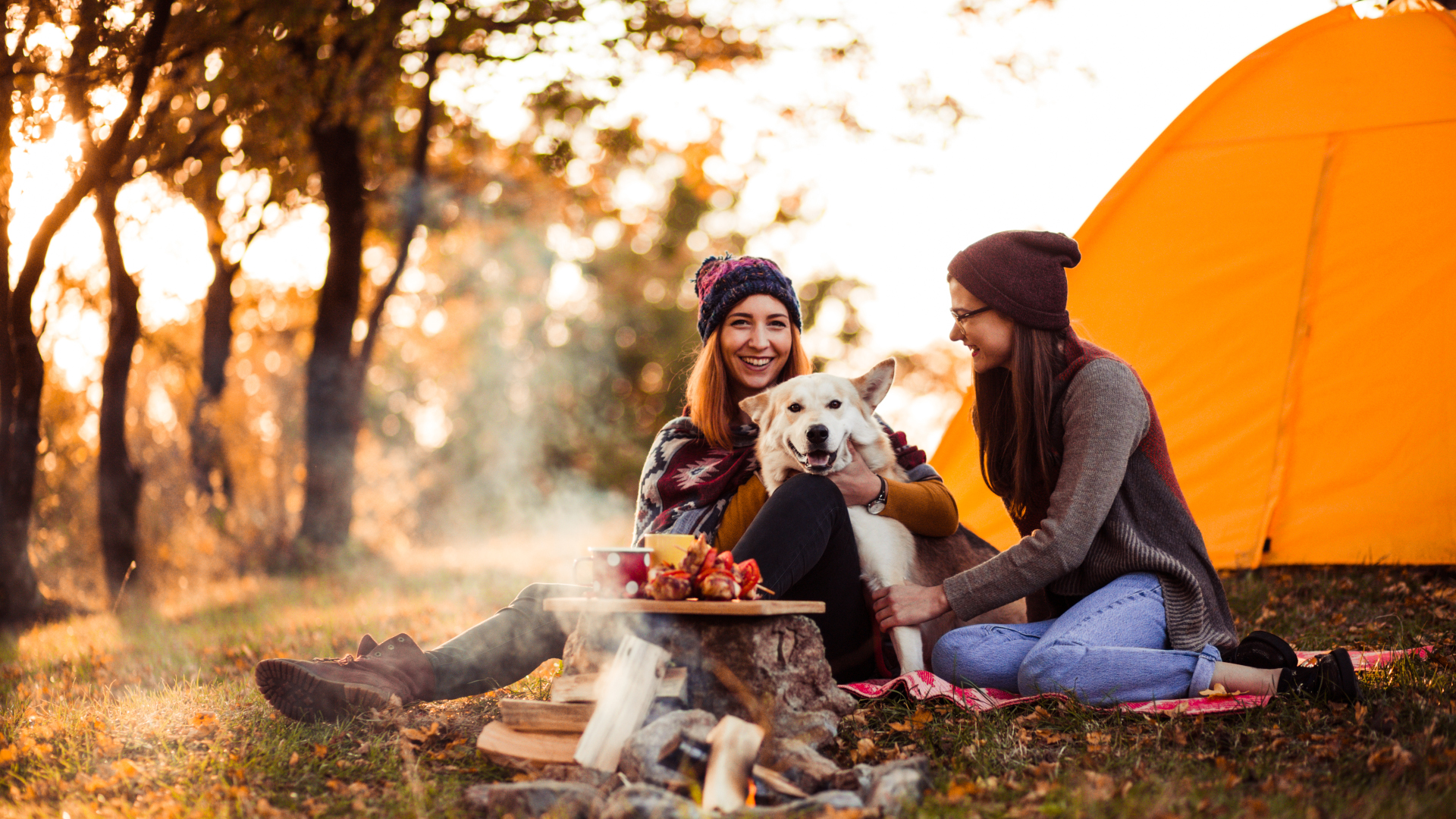
7. Better stargazing
Those earlier sunsets in the fall mean dark skies come earlier, and in many places, the fall is drier than other seasons and the skies have less clouds. All of that means the stargazing (and sleeping) is usually top notch at this time of year.
What do you need for camping in the fall?
Truthfully, you’ll need most of the same gear for camping in the fall that you use in the summer, but there are a few areas where you’ll want to take extra care to ensure you’re warm and safe.
1. Upgrade your sleep system
Particularly at higher elevations, comfortable fall days can bring very cold nights, so you’ll want to check that your camping sleep system is up to scratch. Use a reliable weather app to check what the overnight lows will be in the area where you’re going, then make sure your sleeping bag comfort rating and your sleeping pad R-value can handle it. Don’t cut things too close – if it’s likely to get into the 30s overnight, make sure your bag’s comfort rating is in the low 40s.
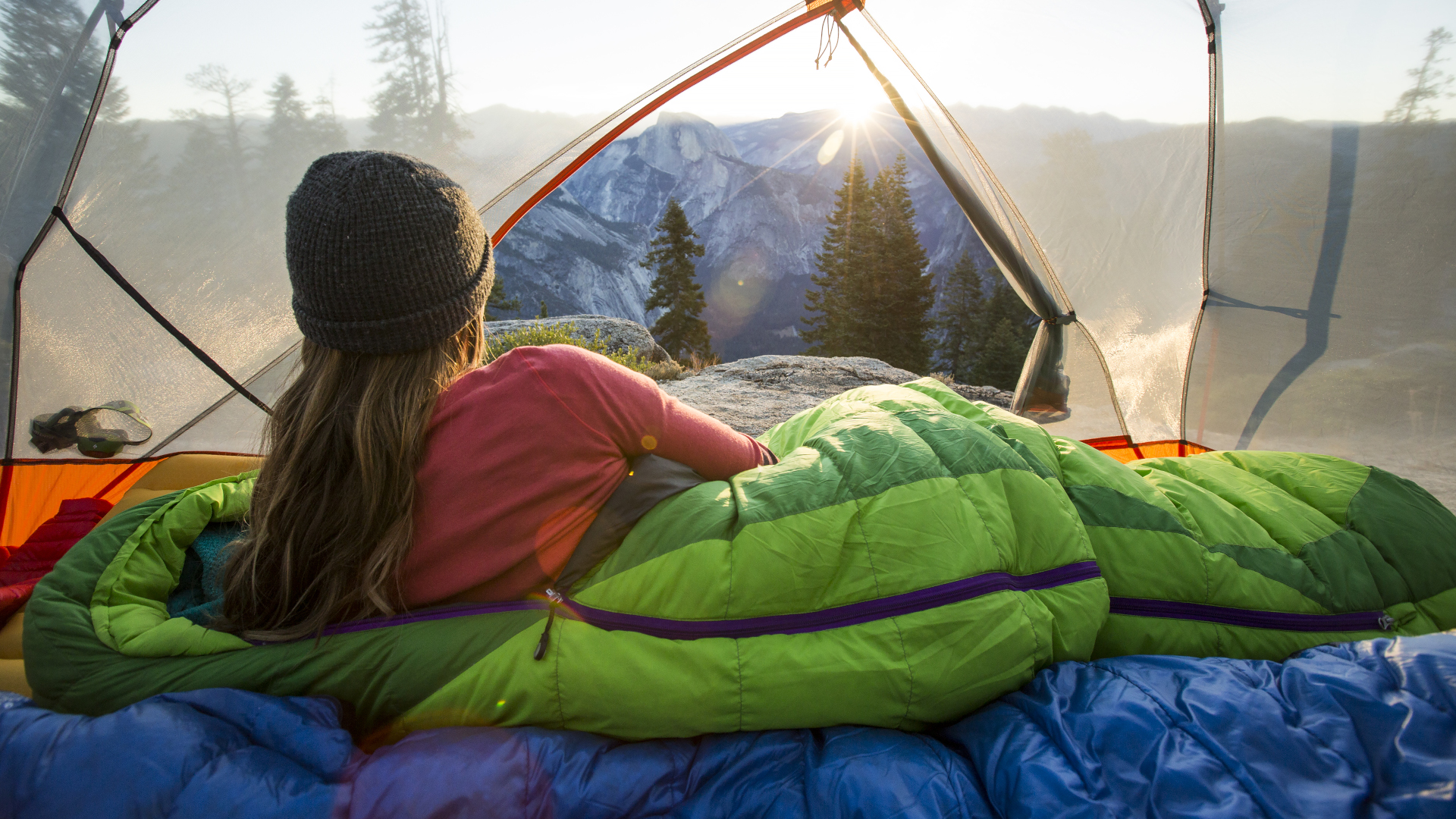
2. Pack extra layers
Of course, camping always means bringing layers, but while you might be hiking in short sleeves during the day, in the fall you may need extra protection from the cold. Bring a wool base layer and thermal underwear to wear under your clothing at night, and a down jacket (or fleece if you’re worried about sparks from the campfire) plus a warm hat and gloves for night time. These clothes can provide extra warmth in your tent at night too if your sleeping bag isn’t cutting it.
3. Have ample light sources
The sun setting at 7 p.m. might just mean you go to bed ultra early, but chances are it means you’ll spend more time moving around your campsite in the dark. To avoid tripping over stray guy lines, pack your best headlamp, a backup flashlight and even scatter a few camping lanterns around your campsite.
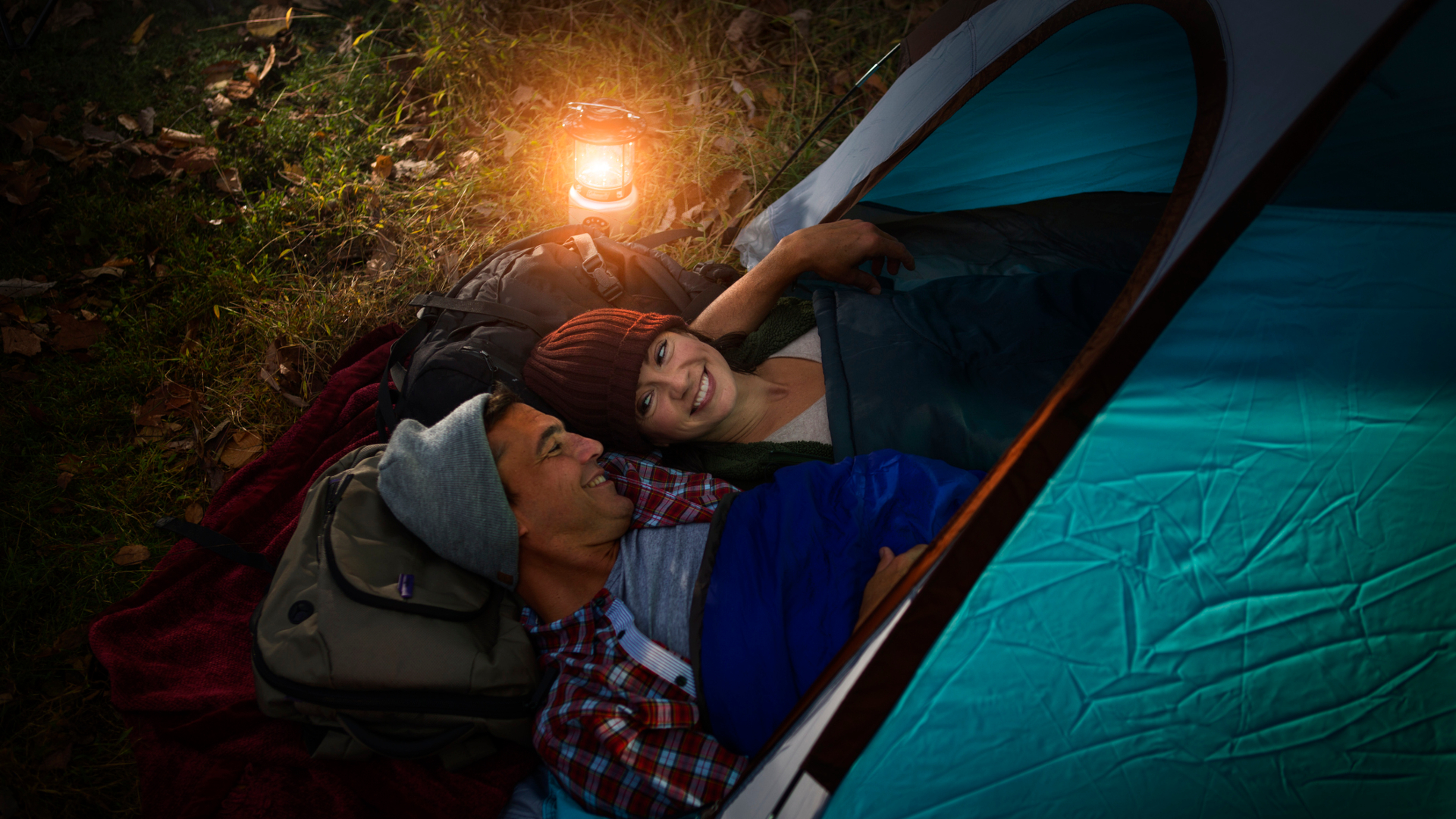
4. Bring binoculars
If you’re planning on doing some of that stargazing we mentioned, bring your best binoculars so you can kick back and ogle those shooting stars and meteor showers. You can also use them to watch the birds as they migrate south for the winter.
Julia Clarke is a staff writer for Advnture.com and the author of the book Restorative Yoga for Beginners. She loves to explore mountains on foot, bike, skis and belay and then recover on the the yoga mat. Julia graduated with a degree in journalism in 2004 and spent eight years working as a radio presenter in Kansas City, Vermont, Boston and New York City before discovering the joys of the Rocky Mountains. She then detoured west to Colorado and enjoyed 11 years teaching yoga in Vail before returning to her hometown of Glasgow, Scotland in 2020 to focus on family and writing.

